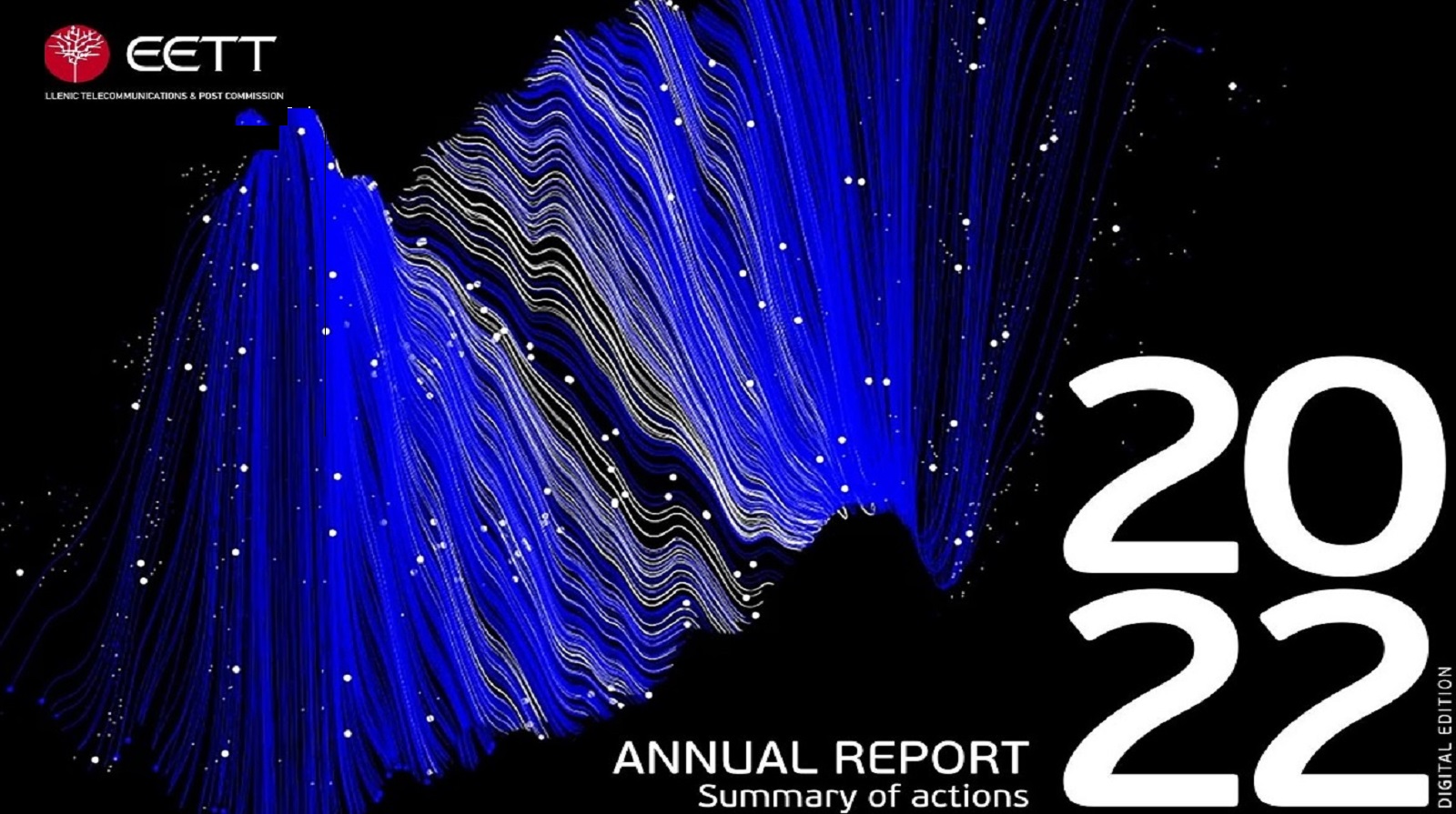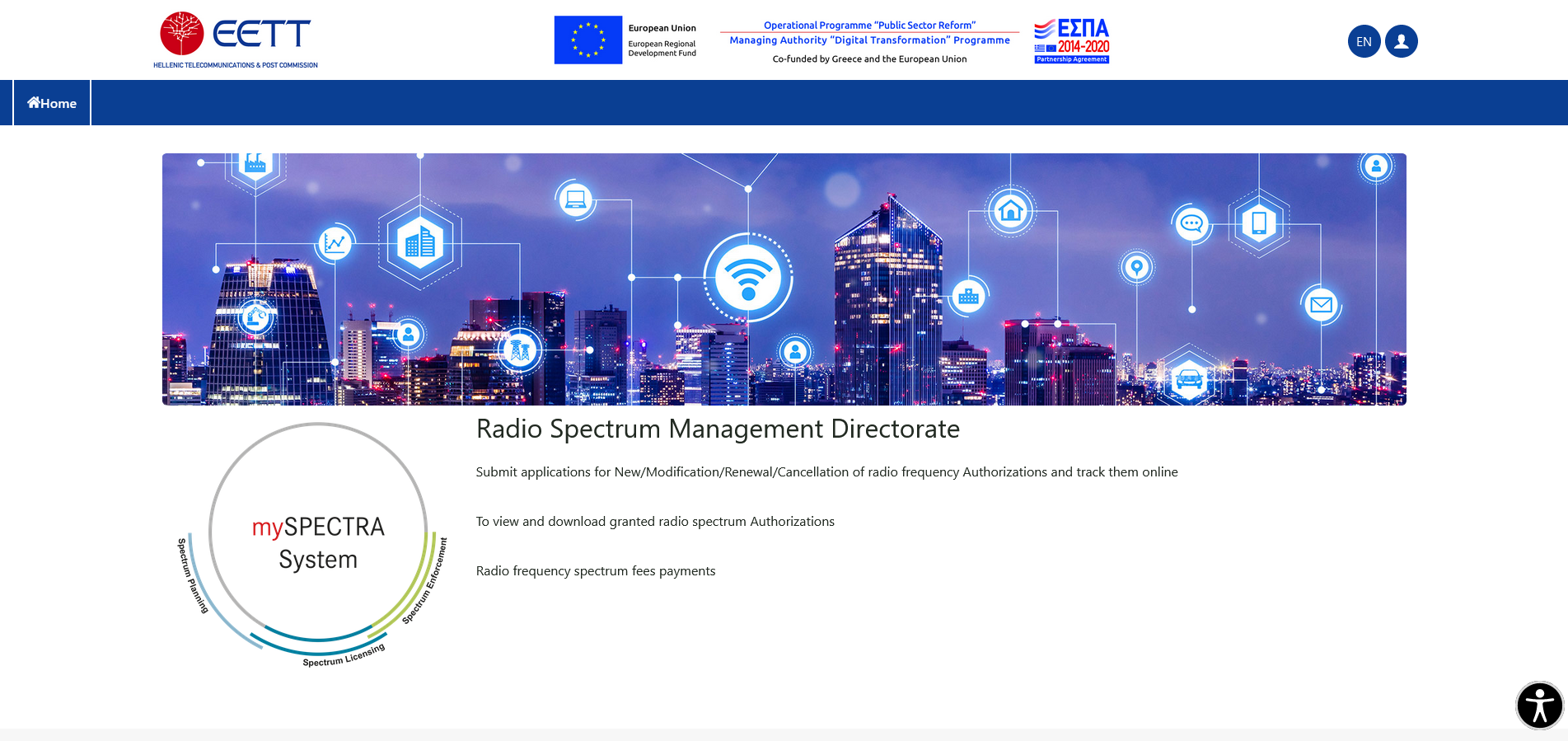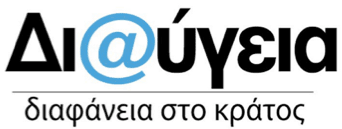The installation and operation of TSMS ensures:
- Identification of emissions that are not authorized/licensed or exceed the coverage specifications as envisaged in the national planning
- Identification of emissions that do not fulfill the technical specifications stipulated in their respective licenses
- Detection of interference from authorized/licensed or non-authorized/unlicensed transmitters
- Wide geographical, technological and spectral coverage of the Greek territory and the rapid intervention of EETT’s personnel in order to resolve interference issues especially to critical Services
- Compliance with the terms/conditions pertaining to the use of spectrum in order to achieve coordination at an international level
Provides important information regarding:
- Dynamic performance and spectrum utilization
- Granting new rights of use for frequencies
- Development of novel, more efficient spectrum management models
- Knowledge and understanding of the effects due to propagation and interference
Through the above:
- The allotment and/or allocation of frequencies is ensured to be operational in addition to be theoretically permissible
- Interference is detected and terminated in a timely manner at a local, regional and international level
- An up-to-date database and a record of historical frequency usage is created
- The quality of reception of broadband signals (television and radio) is monitored and ensured
- Useful elements are derived pertaining to the study on the introduction of new services and novel use of spectrum, at the level of the International Telecommunication Union (ITU)
- Full adherence to the pertinent legal/regulatory framework, and the stipulations of the granted rights of use for frequencies, is readily imposed
- National entities are supported in their efforts to identify policies as well as plan and launch initiatives in various national economy sectors including the electronic communications, and the content/information/entertainment sectors, which directly and/or indirectly benefit the consumer
TSMS is composed of the following subsystems:
- Fixed and Mobile Monitoring Stations
- Portable Direction-Finding systems in conjunction with Monitoring Receivers
- Ultralight Monitoring Receivers
- Portable Spectrum Analyzers
- Unmanned Aerial Vehicles (Drones)
- HF Direction-Finding ground-based station
- Service Quality Measurement System for Digital Broadcast
- Wireless Network supporting Voice Communication demands for Spectrum Monitoring
- Wireless Network supporting secure Data Interconnection of Spectrum Monitoring Stations







